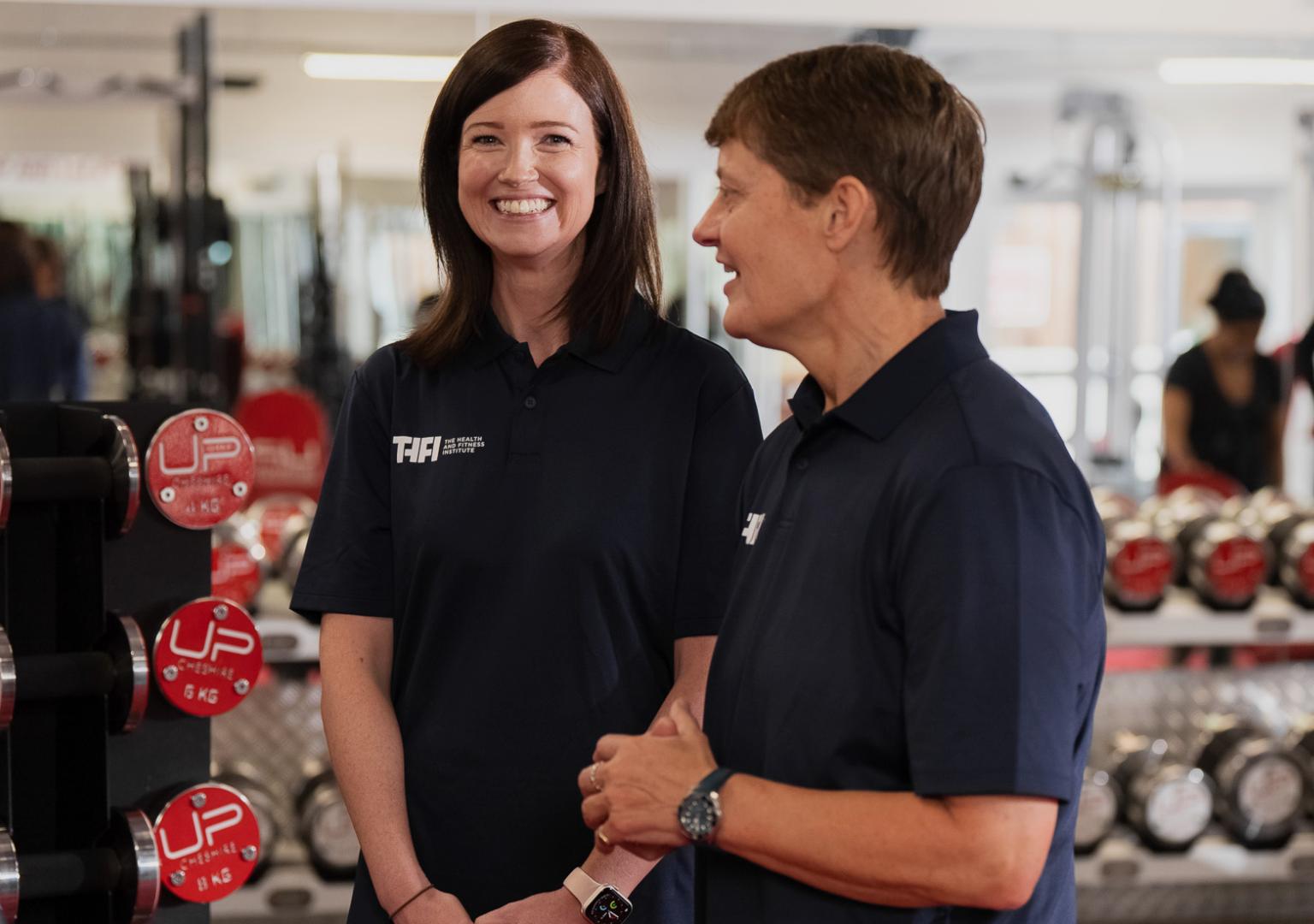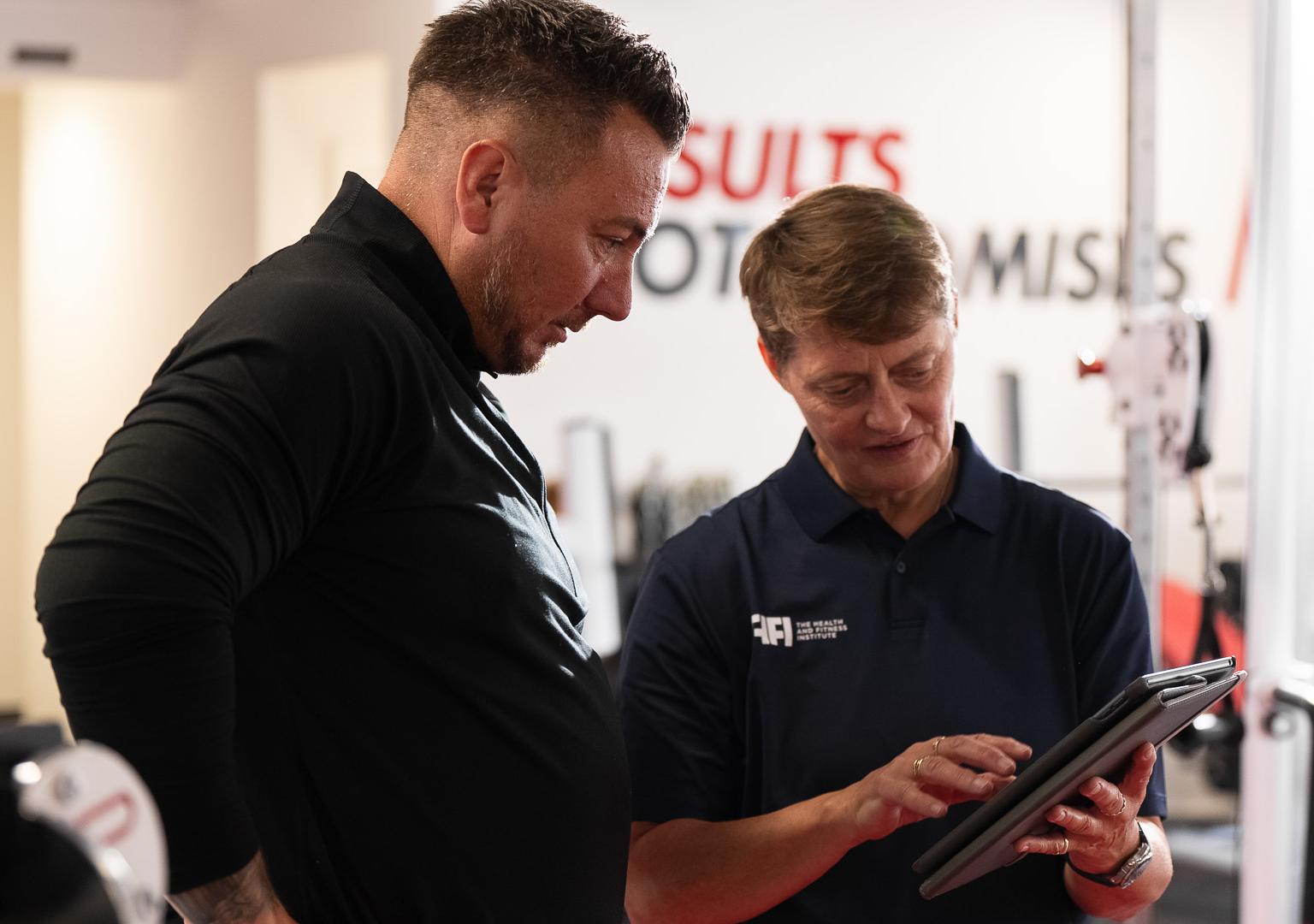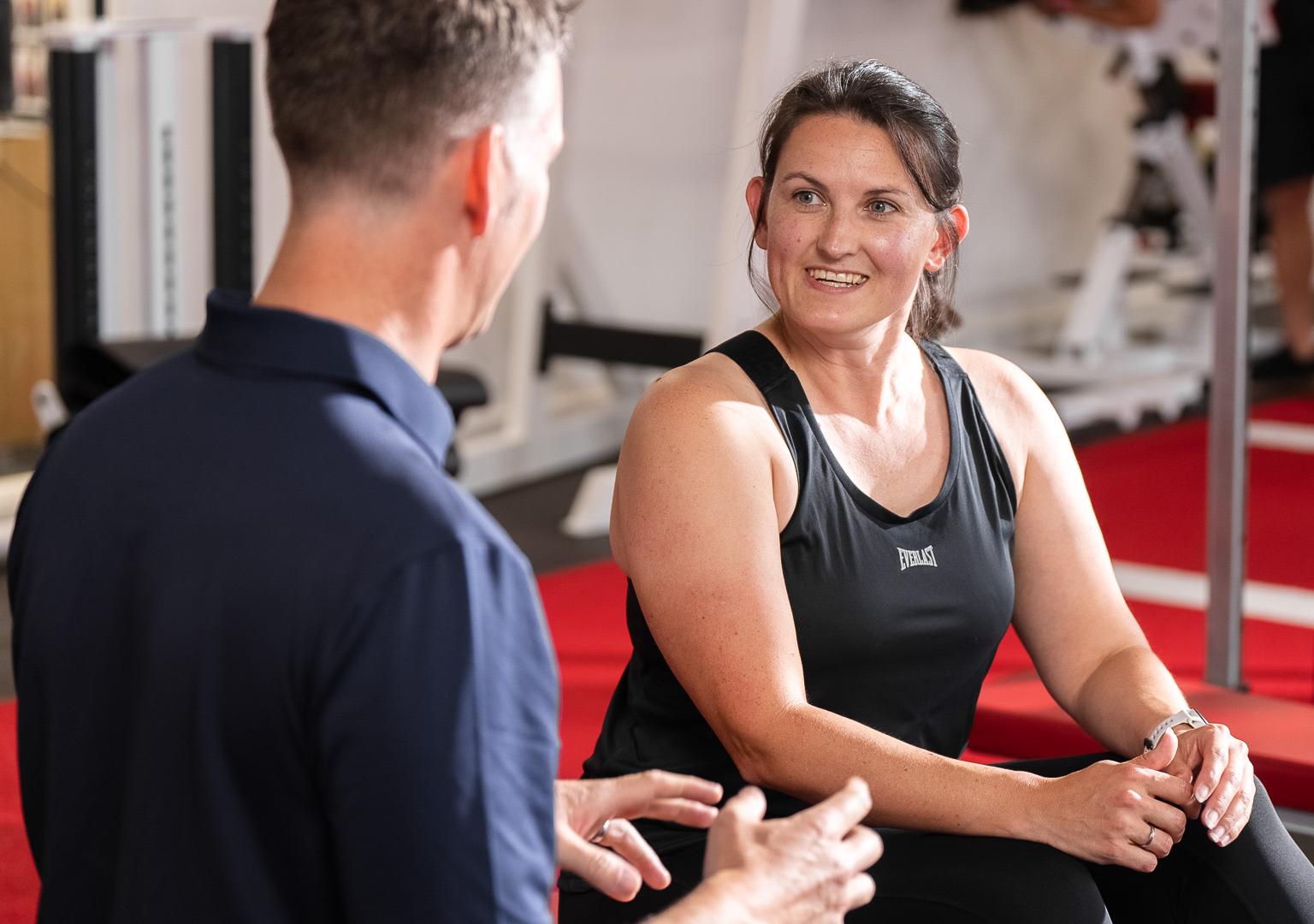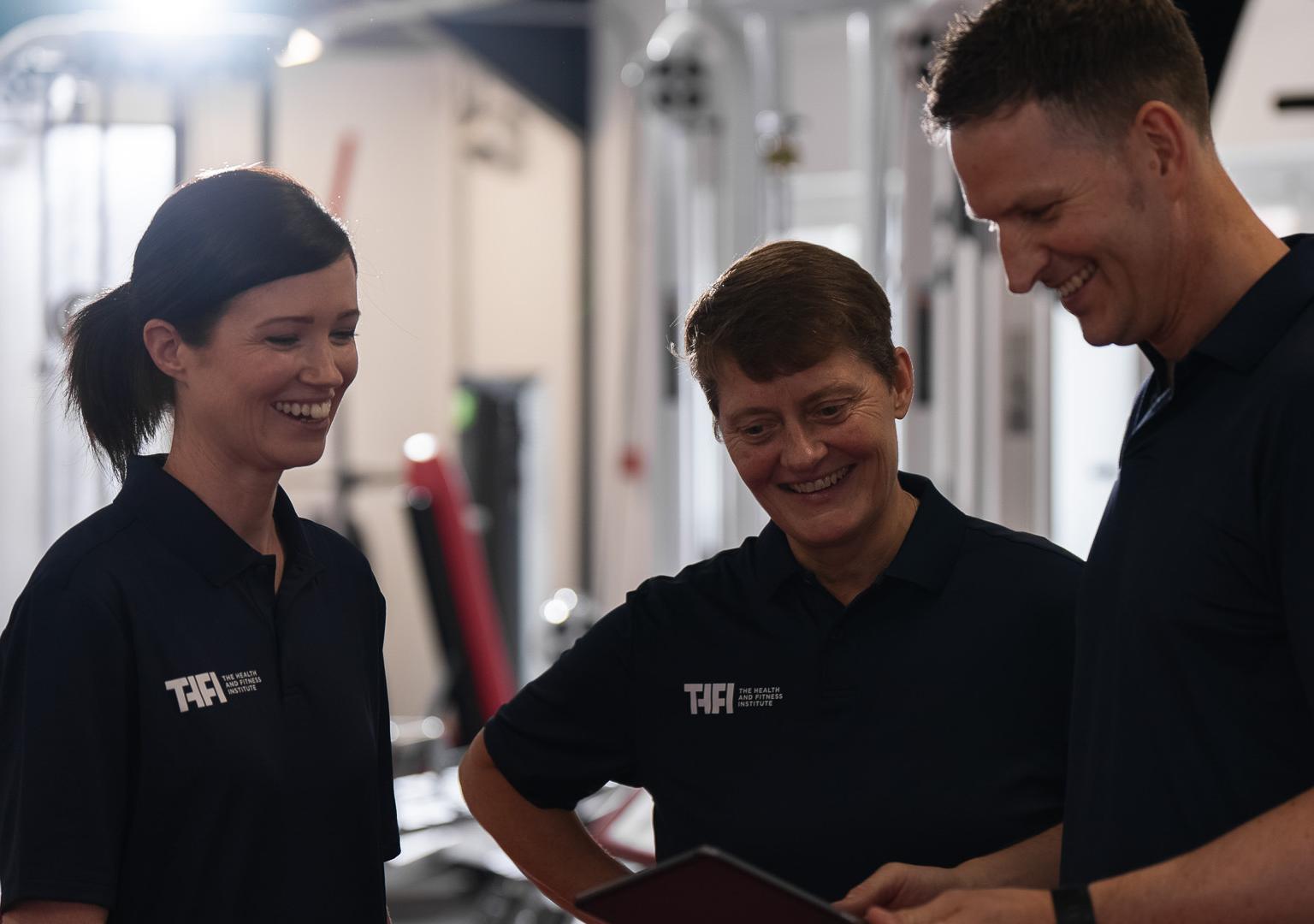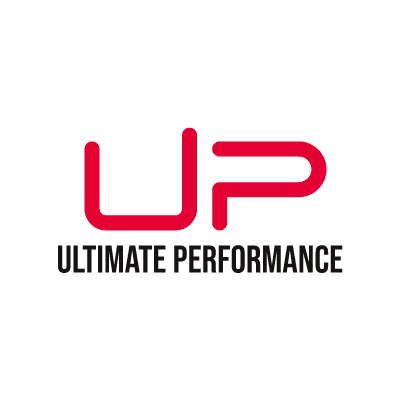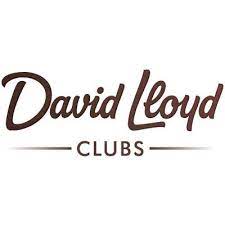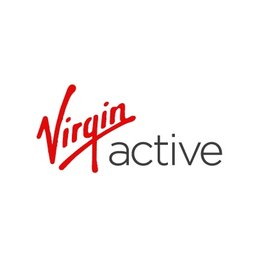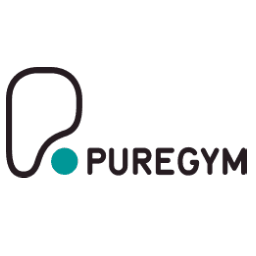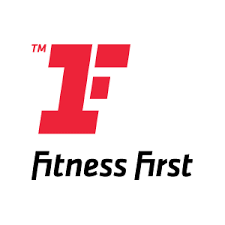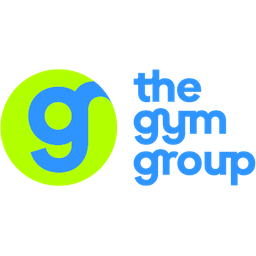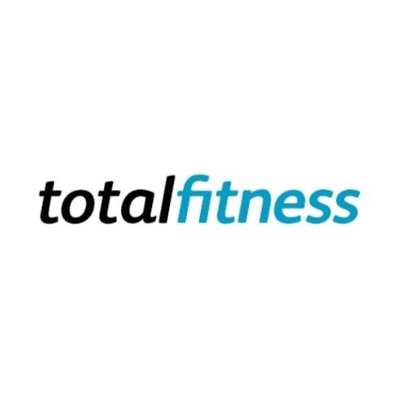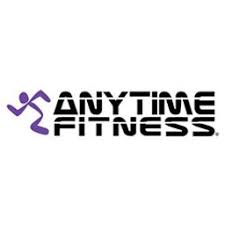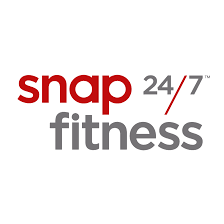Why Good Exercise Form is the Cornerstone of Your Fitness Career

Ever wondered what separates an average personal trainer from an extraordinary one? Believe it or not, it's not always about the amount of weight lifted or the miles run; it's about mastering the essential foundation of exercise - good form.
In this article, we'll delve into the critical importance of good exercise form in the realm of personal training. Good exercise form is the bedrock of efficient workouts, injury prevention, and a flourishing personal training career.
You'll learn the science behind exercise form, how to teach it effectively, and how to utilise this knowledge to enhance your career.
Understanding the Importance of Good Exercise Form
Before we talk about weights, reps, or high-intensity intervals, let's take a moment to appreciate the unsung hero of any successful training regimen: good exercise form. It's the foundation upon which all progress is built.
The Role of Exercise Form in Injury Prevention
Good form is your clients' first line of defence against injuries. By ensuring their body moves as it's designed to, you drastically reduce their risk of strains, sprains, and overuse injuries. This means less time recovering and more time progressing towards their goals.
Impact on Workout Efficiency
Efficient workouts are all about targeted effort - putting in the hard work in a way that maximises results. Good form ensures that the right muscles are engaged, making every rep, every step, every bead of sweat count.
Building Client Confidence and Trust
When clients see their form improving, they gain confidence. They trust your expertise because they can feel the difference. They're not just working out; they're working out correctly, and they have you to thank for it.
Teaching Good Exercise Form: Techniques and Tips
Visual Demonstration: Nothing beats a live demo. Show your clients what good form looks like, making sure to highlight common mistakes and correct them.
Verbal Cues and Instructions: Don’t underestimate the power of your words. Precise verbal cues can help clients understand how to move their body. Be descriptive with your instructions.
The Power of Tactile Feedback: Don't shy away from physically guiding your clients' movements (with their consent, of course). This hands-on approach can provide the immediate feedback they need to perfect their form.
Incorporating Exercise Form into Different Types of Workouts
Whether it's cardiovascular training, resistance exercises, or functional workouts, good form remains constant. Prioritise teaching correct technique before adding intensity, regardless of the workout type.
Cardio workouts, for example, are often regarded as straightforward and risk-free, but the reality is that good form is just as vital here as in any strength workout.
Running: Good running form can drastically reduce the risk of injuries and make the running more efficient. Regularly check their form, especially as they tire.
Cycling: Proper cycling form is key for power output and injury prevention. The bike should be correctly adjusted for the client - with the seat at a height where the leg is almost fully extended on the downstroke. Encourage a smooth, circular pedalling motion.
Swimming: Good form is vital in swimming to move through the water efficiently. Reinforce the importance of a good streamline position and a powerful, symmetrical stroke. Make sure your clients understand proper breathing technique to prevent unnecessary fatigue.
With strength workouts, it is particularly important to ensure that clients understand why good form matters. Regularly remind them that correct form is the foundation for progress, and consistently reinforce these lessons in each workout session. When they see the benefits in their performance and their overall fitness, it will reinforce the value of your guidance and expertise.
Good Exercise Form and Your Career Growth
Building a Reputation for Quality and Safety: As a personal trainer, your reputation is everything. Consistently focus on exercise form and you'll be known for your commitment to quality and safety.
Client Retention and Referral: Good form leads to great results. And great results lead to satisfied clients who stick around and refer their friends. It’s a win-win for everyone.
Positioning Yourself as an Expert: By emphasising form, you showcase your expertise and understanding of body mechanics. This sets you apart from trainers who focus solely on the ‘no pain, no gain’ mantra.
Conclusion
Remember this: good exercise form isn't just a detail; it's a career-defining skill. It elevates you from being a regular trainer to an expert in your field, a trusted guide for your clients' fitness journeys.
Keep learning, practicing, and perfecting this skill, and implement the insights from this article into practice. And before you know it, you'll be leading the pack in the world of personal training!





